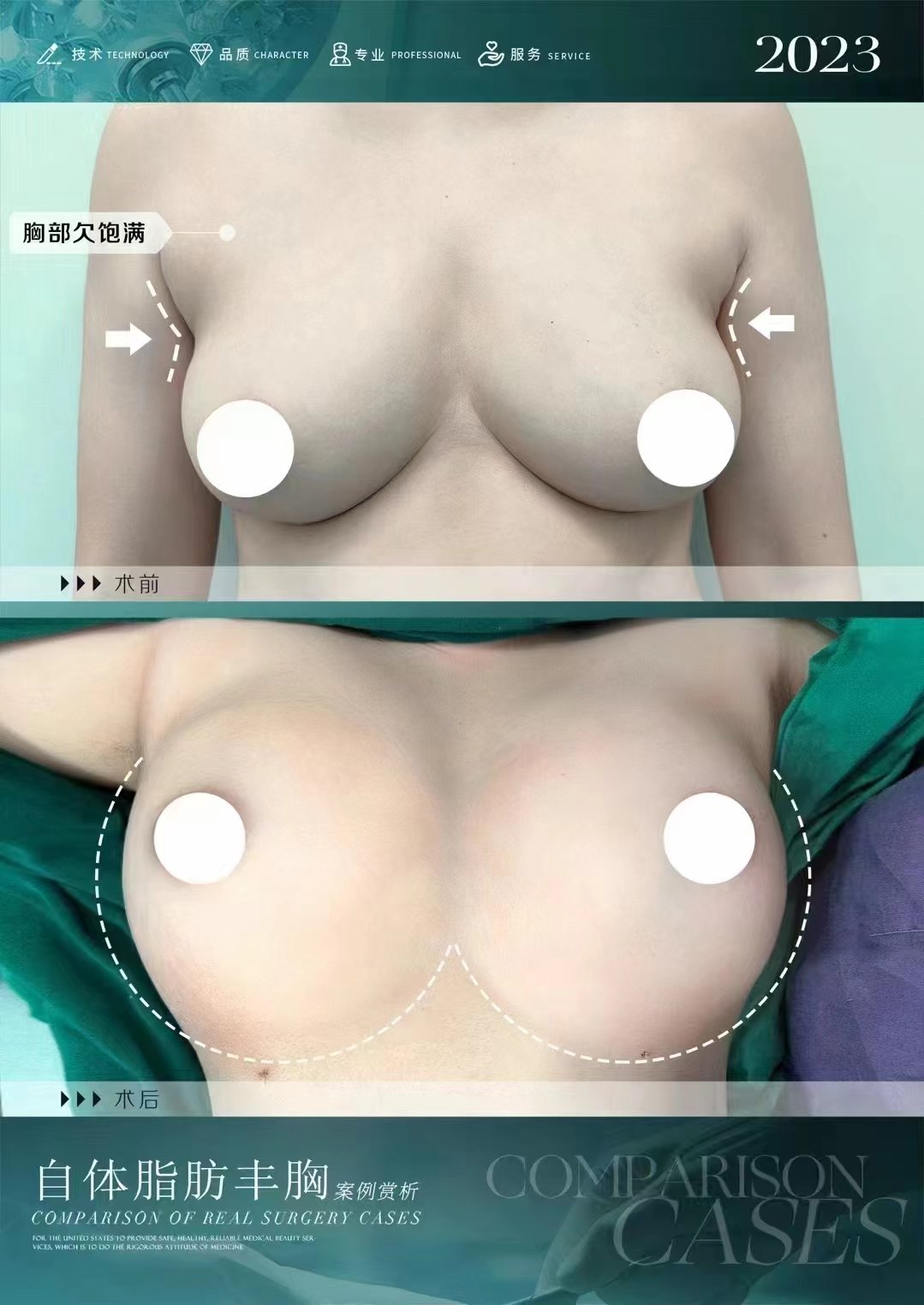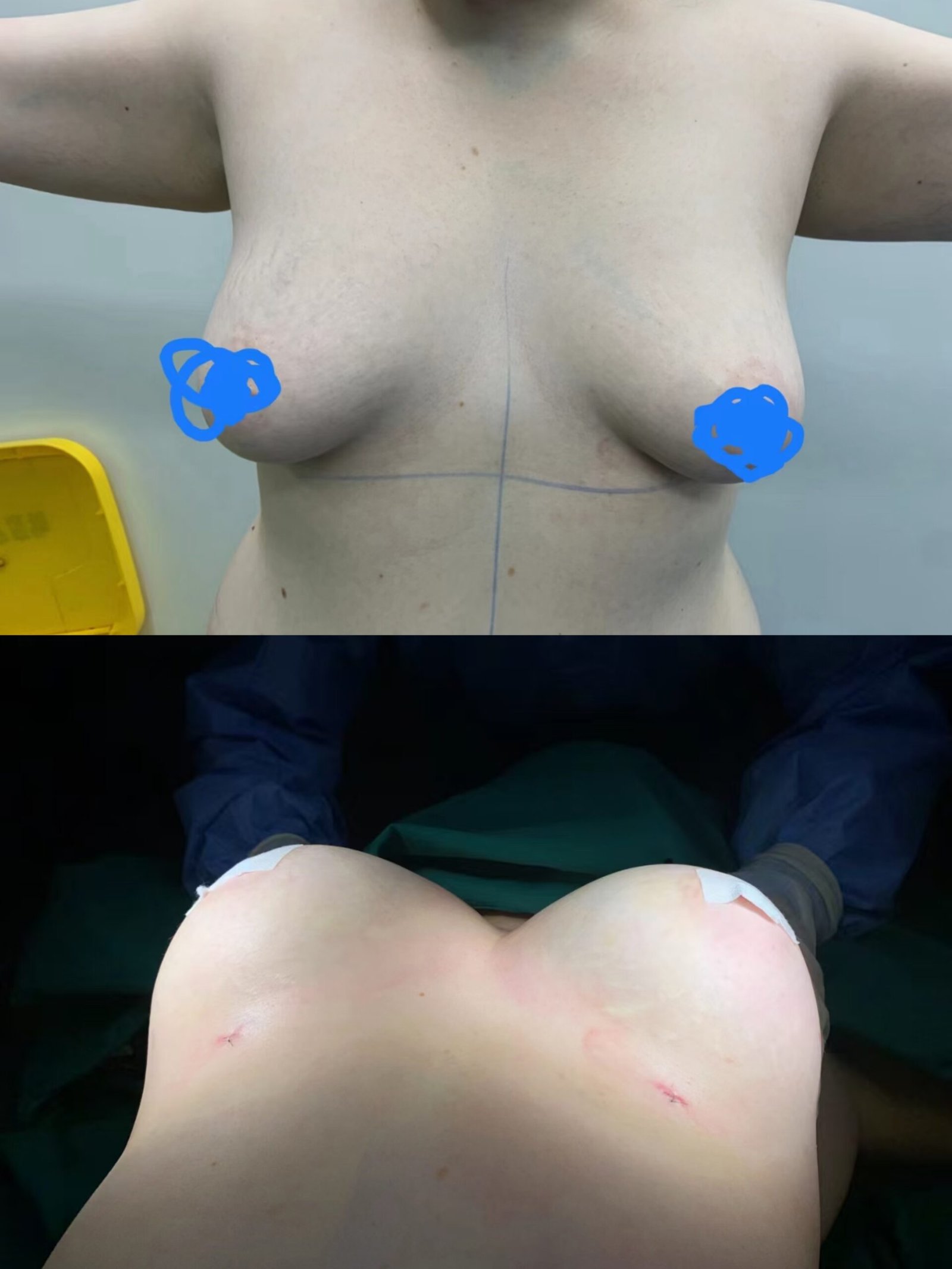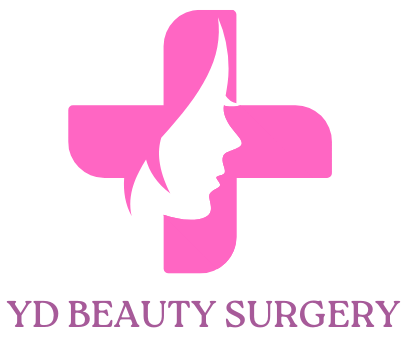Renew, Rejuvenate, Rejoice: Fat Transfer Beauty Solutions
Rediscover your confidence with fat transfer procedures designed to restore youthful contours and enhance facial symmetry for a refreshed, revitalized appearance.
What is Fat Transfer?
Fat transfer, also known as fat grafting or autologous fat transplantation, is a cosmetic procedure aimed at improving volume and contour in specific areas of the body by transferring fat from one area to another. During the procedure, fat is harvested from donor sites on the body, such as the abdomen, thighs, or buttocks, through liposuction. The harvested fat is then processed and purified to remove impurities and excess fluids.
Benefits of Fat Transfer
Fat transfer, also known as fat grafting or autologous fat transplantation, involves removing adipose tissue (fat) from one part of the body, purifying it, and then injecting it into another area to achieve various aesthetic or reconstructive goals. Here are some of the key benefits of this procedure:
- Natural Results
- Dual Benefits
- Long-Lasting Effects
- Improved Skin Texture
- Minimally Invasive
- Reduced Allergic Reaction Risks
- Versatility
- Enhances Body Contouring
To learn more about how fat transfer can benefit you, contact YD Beauty Surgery Hospital today. Fat transfer is a versatile procedure that not only helps in enhancing the aesthetic appearance but also uses natural body materials, which reduces many risks associated with artificial substances.

Areas Suitable for Fat Transfer
Fat transfer, also known as fat grafting, is a versatile procedure used to enhance and rejuvenate various parts of the body by using one’s own fat. Here are some common areas suitable for fat transfer
Face
- Cheeks: Fat transfer can restore youthful volume to the cheeks, enhancing facial contours and reducing the appearance of aging.
- Lips: It can provide natural fullness to the lips for a more defined and plump appearance.
- Temples: Replenishing lost volume in the temples helps in smoothing the transition areas between the facial features, giving a more balanced and youthful appearance.
Body
- Breasts: Fat grafting to the breasts can offer a modest increase in breast size and is often used for breast reconstruction after mastectomy, providing a softer, more natural shape compared to some implants.
- Buttocks: Also known as a Brazilian Butt Lift, fat transfer to the buttocks enhances its shape and size, providing a more pronounced and aesthetically pleasing silhouette.
- Hands: Aging hands can regain youthful appearance through fat transfer, which can fill out wrinkles, reduce prominent veins and tendons, and improve overall skin quality.
Addressing Volume Loss and Enhancing Contours
Fat transfer is particularly beneficial for addressing natural volume loss that occurs with aging or weight changes. By relocating fat from one area of the body to another, it not only reduces unwanted fat pockets but also enhances areas that may appear sunken or deflated, improving overall body contours. This technique provides a natural alternative to synthetic fillers and implants, using the body’s own tissue to create subtle, yet effective, improvements.

Ideal Candidates
Criteria
Ideal candidates for fat transfer are generally healthy, non-smokers with realistic goals and sufficient fat reserves for harvesting. They should not have any circulation problems or chronic health issues that might impair healing. Candidates should also have specific areas of volume loss or desire for contour enhancement, where fat can be beneficially transferred.
Expectation
Candidates should expect subtle to moderate improvements in volume and contours, rather than drastic changes. The results are natural-looking enhancements using one’s own fat, which also means there’s a variable degree of fat absorption over time. Understanding that multiple sessions may be required to achieve desired outcomes is important for setting realistic expectations.
How It Works

Consultation

Preparation

Anesthesia

Surgery

Recovery

Follow-Up
Recovery and Aftercare
Timeline for Recovery
The initial recovery period for a fat transfer procedure typically ranges from one to two weeks. During this time, patients may experience swelling and bruising at both the donor and recipient sites. Most people can return to non-strenuous work within a few days, but full recovery and final results may take several months to become apparent as the body adapts and settles the transferred fat.
Tips for a Smooth Recovery and Effective Aftercare
- Follow Your Surgeon’s Instructions: Adherence to your surgeon’s post-operative care instructions is crucial for optimal healing.
- Manage Swelling and Pain: Use ice packs and prescribed pain medication as directed to manage swelling and discomfort.
- Avoid Strenuous Activities: Refrain from heavy lifting and vigorous exercise for at least a few weeks to prevent complications.
- Wear Compression Garments: If recommended by your surgeon, wear any compression garments to help reduce swelling and support the new contours.
- Keep Incision Sites Clean: Proper hygiene is essential to prevent infection at the incision sites.
- Attend Follow-up Appointments: Go to all scheduled follow-up appointments so your surgeon can monitor your healing progress and address any concerns.

YD Beauty Fat Transfer : Before and After Gallery
Explore the impactful results of our Fat Transfer procedures through our Before and After Gallery. This section showcases real transformations of our previous patients, offering a visual testament to the precision and effectiveness of our treatments.








Risks and Considerations
Potential Risks and Complications
Fat transfer procedures can involve risks such as infection, bleeding, and anesthetic complications. Other potential issues include uneven texture, lumpiness, or fat reabsorption which may lead to asymmetry. In rare cases, there could be damage to underlying structures or fat embolism, where fat enters the bloodstream and blocks a vessel.
How Risks are Minimized at YD Beauty Hospital
At YD Beauty Hospital, risks associated with fat transfer are minimized through rigorous protocols and cutting-edge techniques. Our surgeons are highly trained and use only the safest, most advanced equipment. Pre-surgical assessments help tailor procedures to individual health profiles, reducing potential complications. Strict aseptic techniques and close monitoring during and after the procedure ensure patient safety. Additionally, personalized aftercare plans are designed to facilitate smooth recovery and optimal outcomes, with regular follow-ups to monitor patient progress and address any concerns promptly.
Frequently Asked Questions about Fat Transfer
Get answers to the most common queries about Fat Transfer at YD Beauty Surgery. Our FAQs are here to help you make an informed decision and prepare for your transformation journey with confidence.
What is fat transfer?
Fat transfer, also known as fat grafting, involves removing fat from one part of the body via liposuction, purifying it, and then injecting it into another area to enhance volume or contour. Common areas for fat transfer include the face, breasts, buttocks, and hands.
How long do the results of a fat transfer last?
The longevity of fat transfer results can vary. While some of the transferred fat may be absorbed back into the body, a significant portion can survive permanently, providing long-lasting results. The durability of the results also depends on the technique used and individual patient factors.
Is fat transfer safe?
When performed by a qualified and experienced surgeon, fat transfer is generally safe. However, like all surgical procedures, it carries risks such as infection, bleeding, and irregular contours. Choosing a reputable clinic and following all pre- and post-operative care instructions can minimize these risks.
What is the recovery time for a fat transfer?
Recovery time can vary depending on the extent of the procedure and the individual. Generally, patients may experience swelling and bruising for a few weeks. Most are able to return to normal activities within a few days but may need to avoid strenuous activities for a few weeks.
Can fat transfer be used for facial rejuvenation?
Yes, fat transfer is commonly used to rejuvenate the face by filling in volume deficits in areas like the cheeks, lips, and under the eyes. It provides a more natural alternative to synthetic fillers with the added benefit of long-lasting results.
What should I expect during the fat transfer procedure?
During the procedure, fat is harvested from an area with excess fat, such as the abdomen or thighs, using liposuction. The fat is then processed and purified before being carefully injected into the target area to achieve the desired contouring or volumizing effect.
How is fat prepared for transfer?
After being extracted, the fat is centrifuged or filtered to separate and purify the viable fat cells from other fluids and debris. This purified fat is then ready to be injected into the target areas.
Who is an ideal candidate for fat transfer?
Ideal candidates for fat transfer are generally healthy, have realistic expectations, and possess adequate fat deposits for extraction. It is also important for candidates to be non-smokers, as smoking can impede healing and affect the survival of the grafted fat cells.
Get a consultation now!
We believe in building lifelong relationships with our clients. We believe in serving clients with responsibility, professionalism and honesty.


